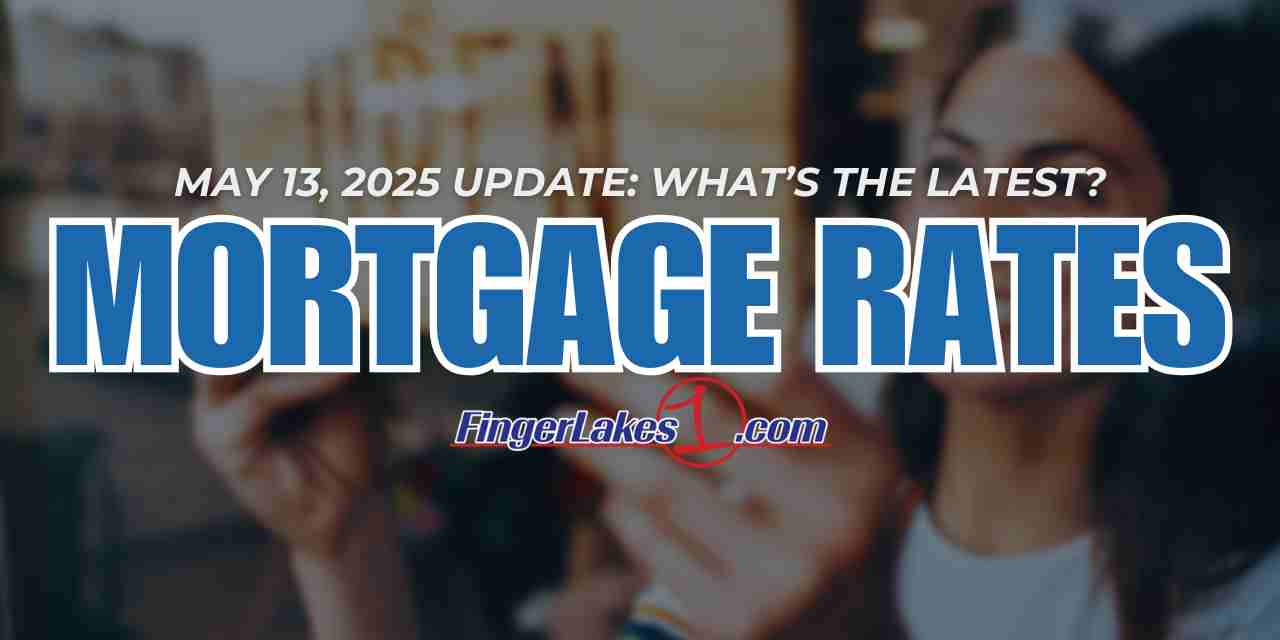

Mortgage rates inched higher on Tuesday as markets absorbed the impact of a 90-day U.S.–China tariff truce and looked ahead to the next Federal Reserve meeting. According to the latest Zillow data, the average 30-year fixed mortgage rate rose to 6.76%, up four basis points from the previous day.
Current mortgage rates
Here’s a snapshot of today’s national average rates:
- 30-year fixed: 6.76%
- 20-year fixed: 6.35%
- 15-year fixed: 6.07%
- 5/1 ARM: 7.38%
- 7/1 ARM: 7.55%
- 30-year VA: 6.31%
- 15-year VA: 5.72%
- 5/1 VA: 6.22%
Refinance rates have also edged higher, with the 30-year fixed refinance rate now at 6.84%.
Why rates are rising
Despite what might seem like positive news—President Trump’s pause on increased tariffs with China—uncertainty is dominating investor sentiment. Analysts say the unpredictability of fiscal policy and inflation trends is keeping rates elevated rather than easing them.
Mortgage rates tend to reflect bond market trends, which are influenced by both domestic policy and global economic signals. The bond market’s cautious response suggests that confidence in long-term rate declines remains weak.
15-year vs. 30-year: What’s the difference?
Borrowers choosing between a 15-year and 30-year loan face a classic tradeoff:
- A 15-year mortgage at 6.07% results in higher monthly payments but saves tens of thousands in interest over the life of the loan.
- A 30-year loan at 6.76% offers lower monthly payments, but significantly more interest paid long-term.
For example, on a $400,000 loan:
- 30-year at 6.76% → $2,597/month, $534,939 total interest
- 15-year at 6.07% → $3,391/month, $210,303 total interest
When will mortgage rates drop?
Economists now predict rates may stay elevated through much of 2025, especially if the Federal Reserve maintains its current policy stance. The Fed has yet to cut rates this year, and there’s an 88% chance it will hold steady again at its June meeting, according to the CME FedWatch tool.
Until inflation shows sustained signs of cooling or the Fed pivots, mortgage rates are unlikely to see major declines.






